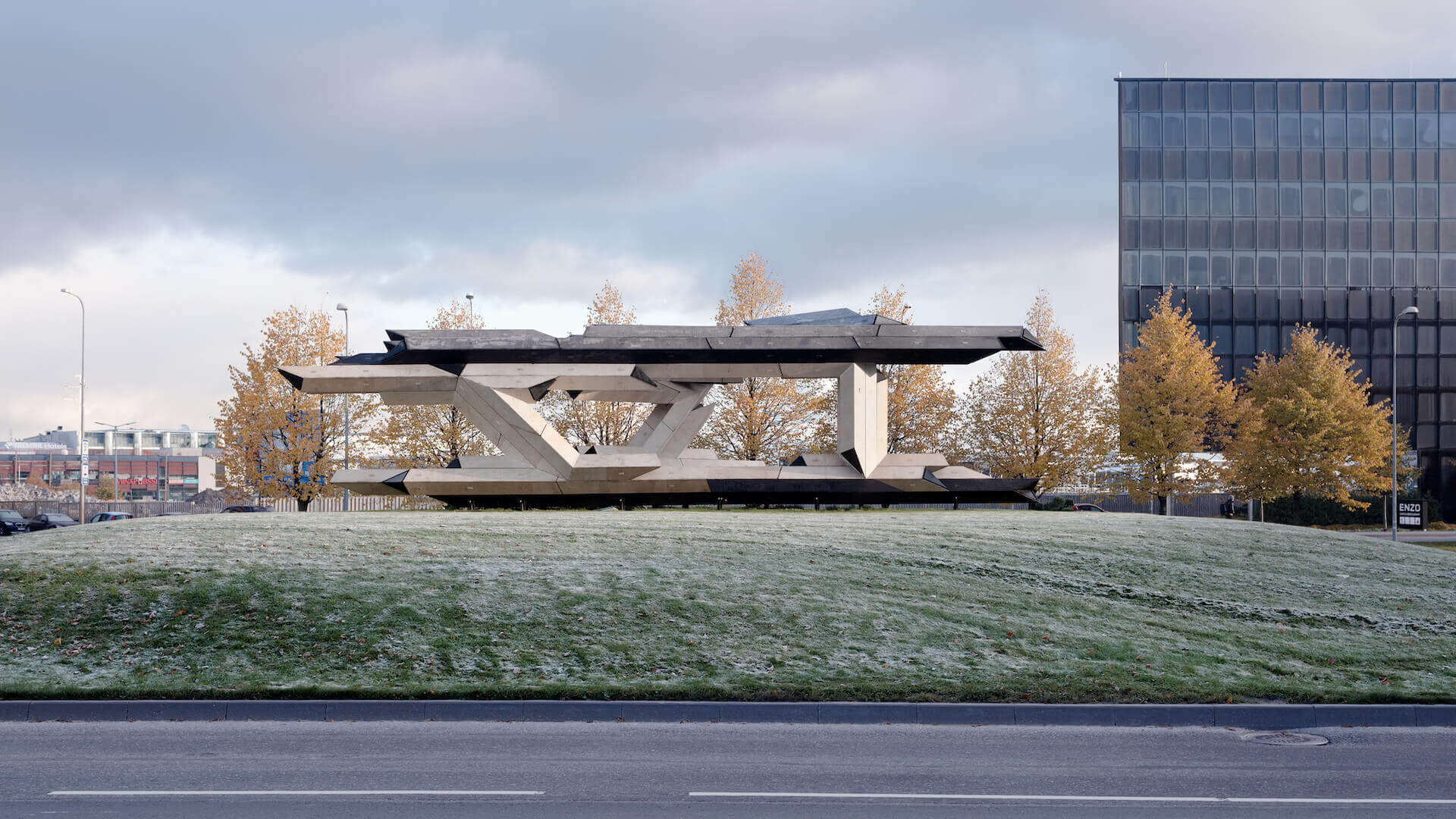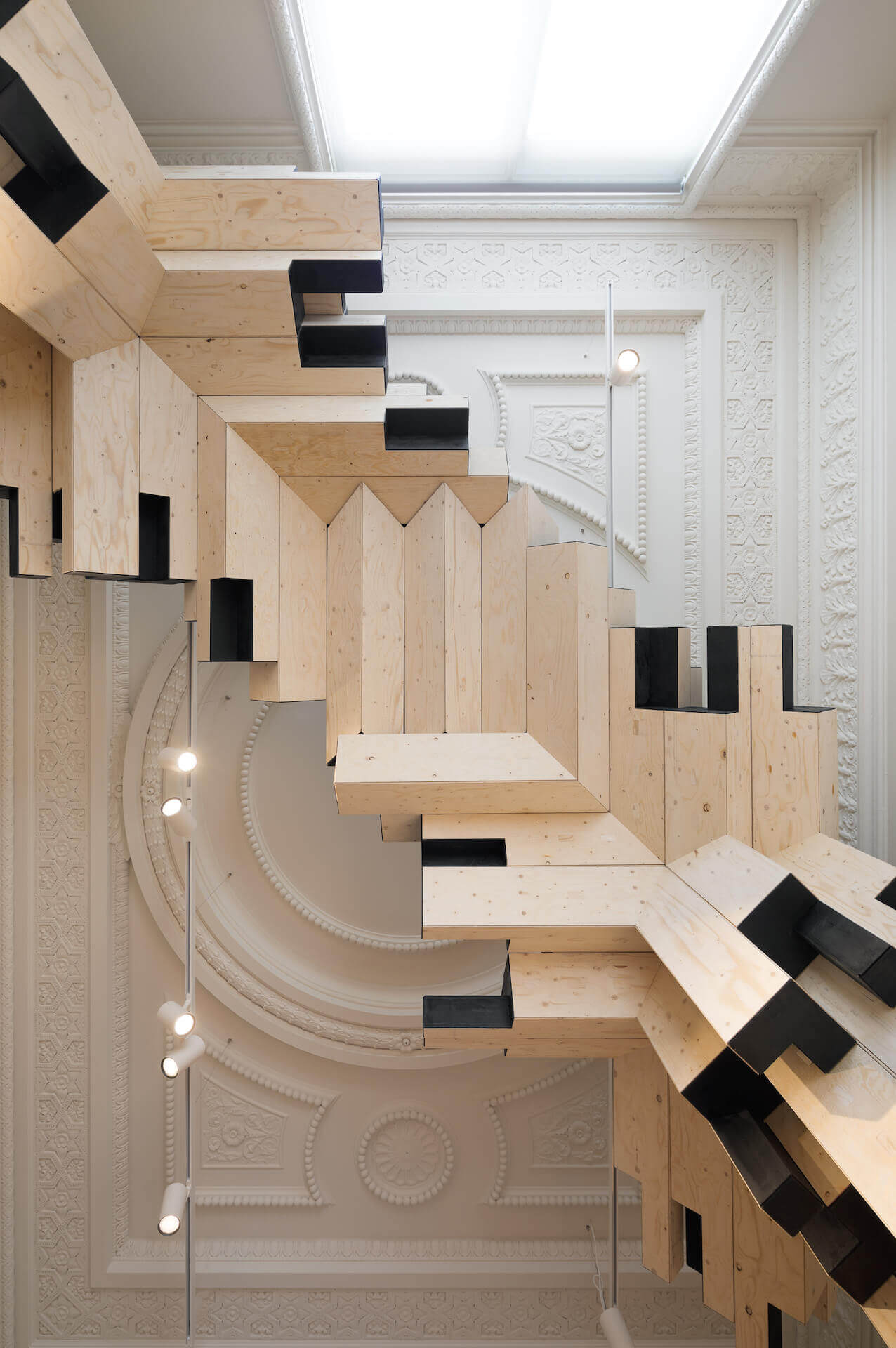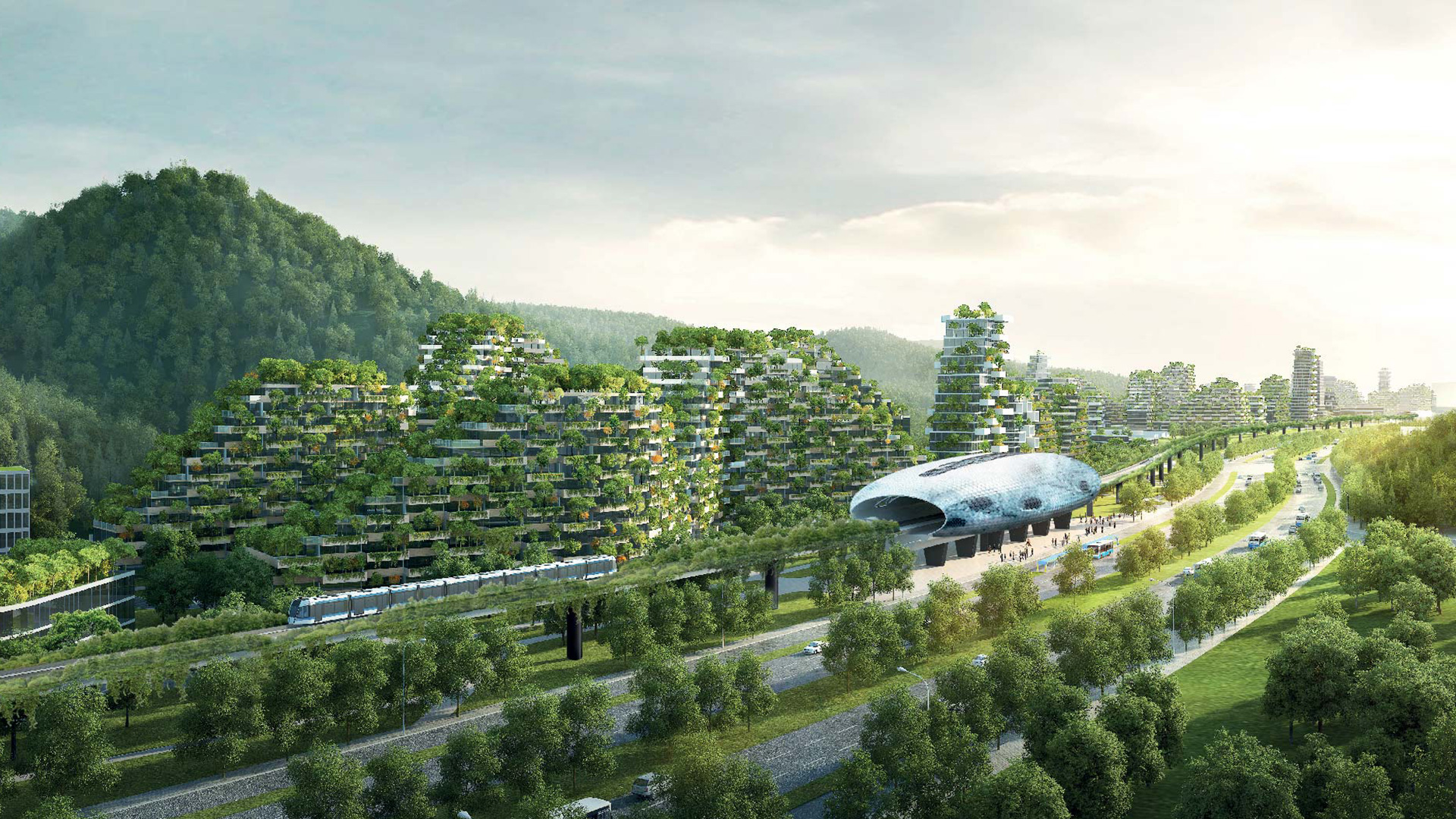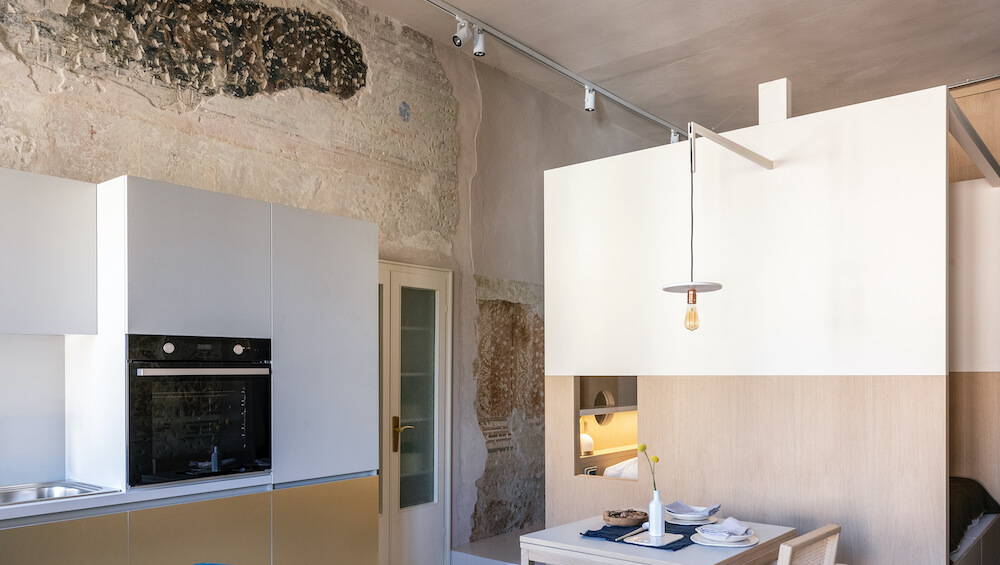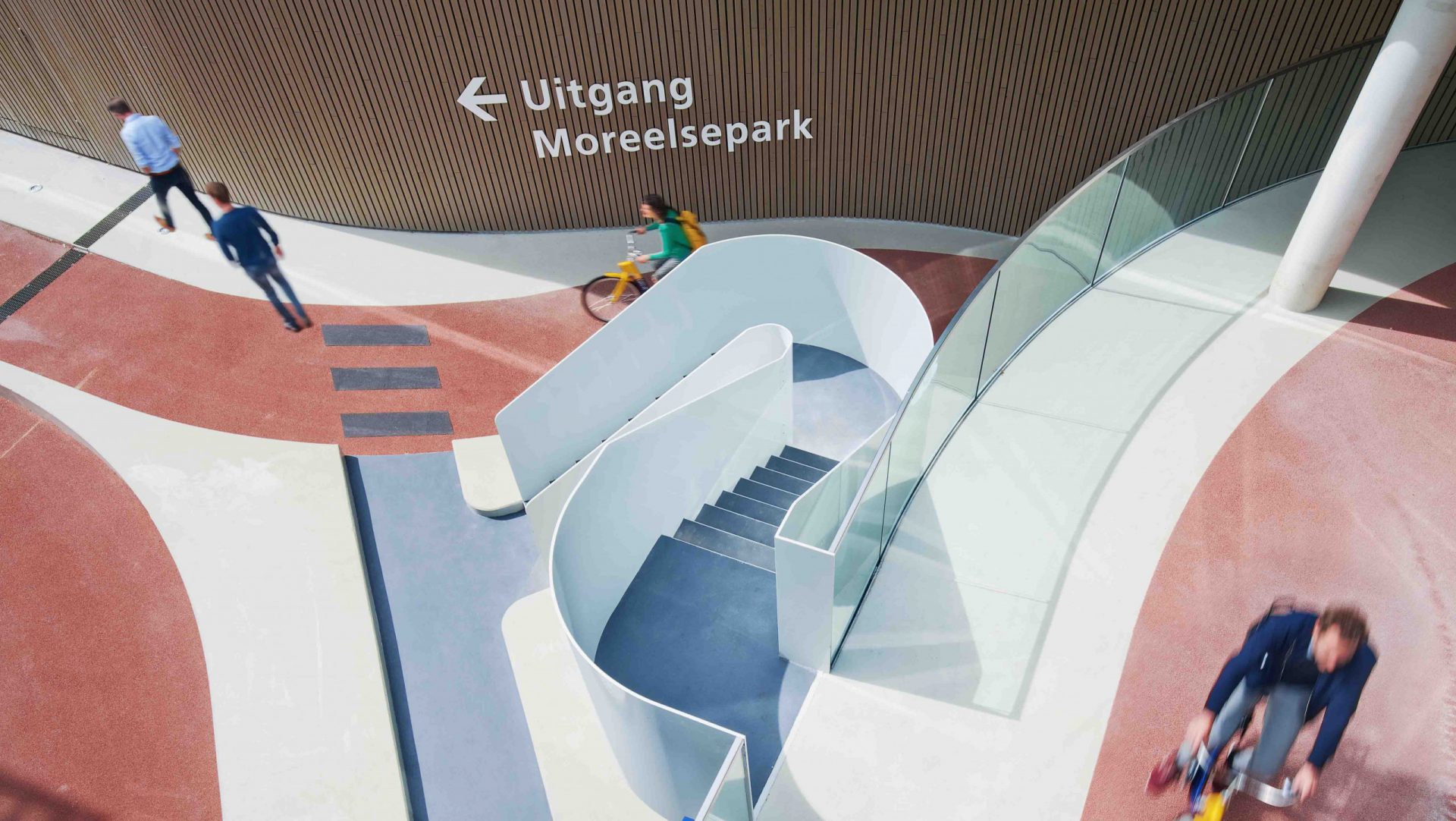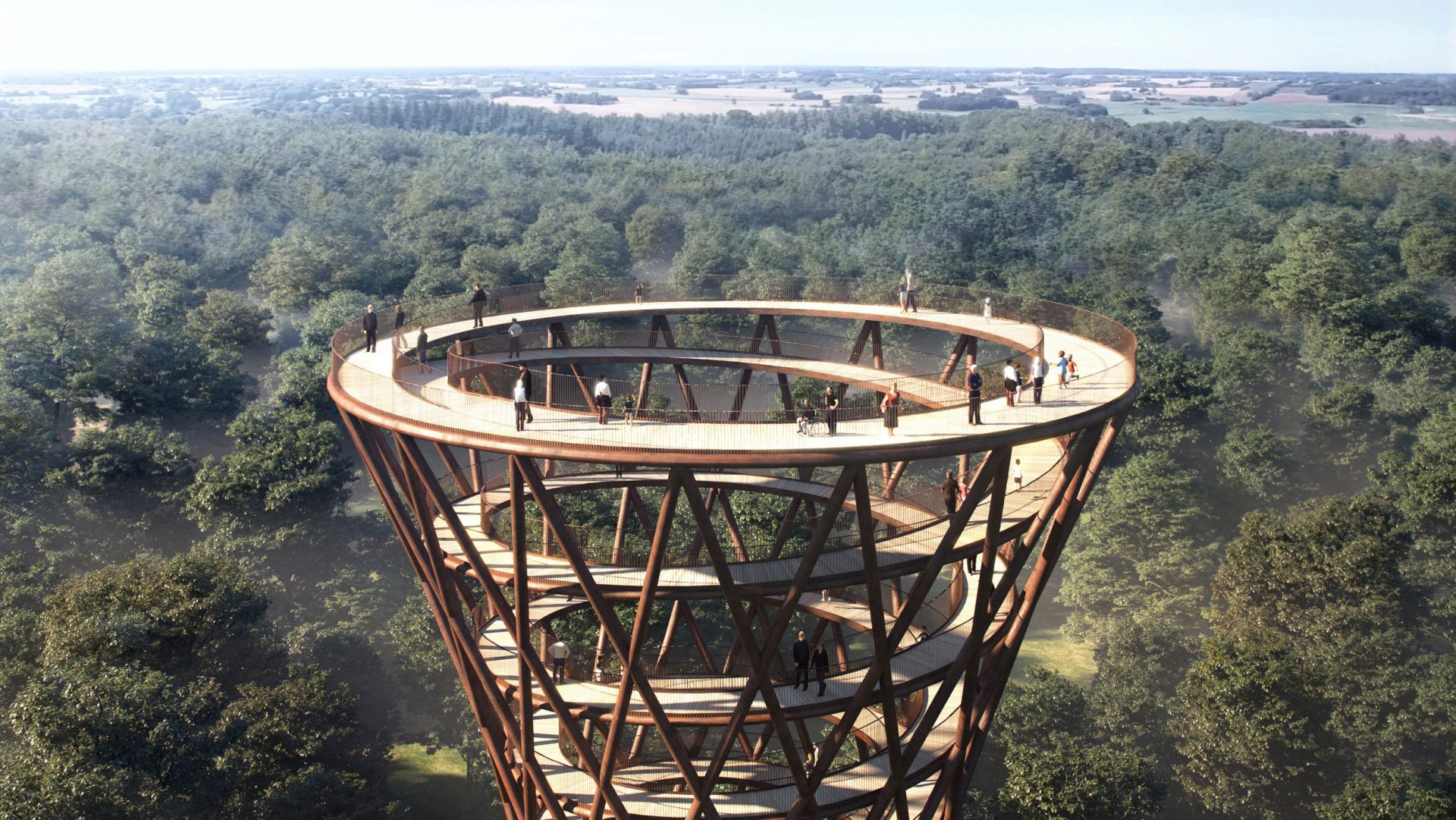Breaking the architectural paradigm with Gilles Retsin
Gilles Retsin, founder of his namesake architecture studio, continuously challenges and redefines what architecture truly is
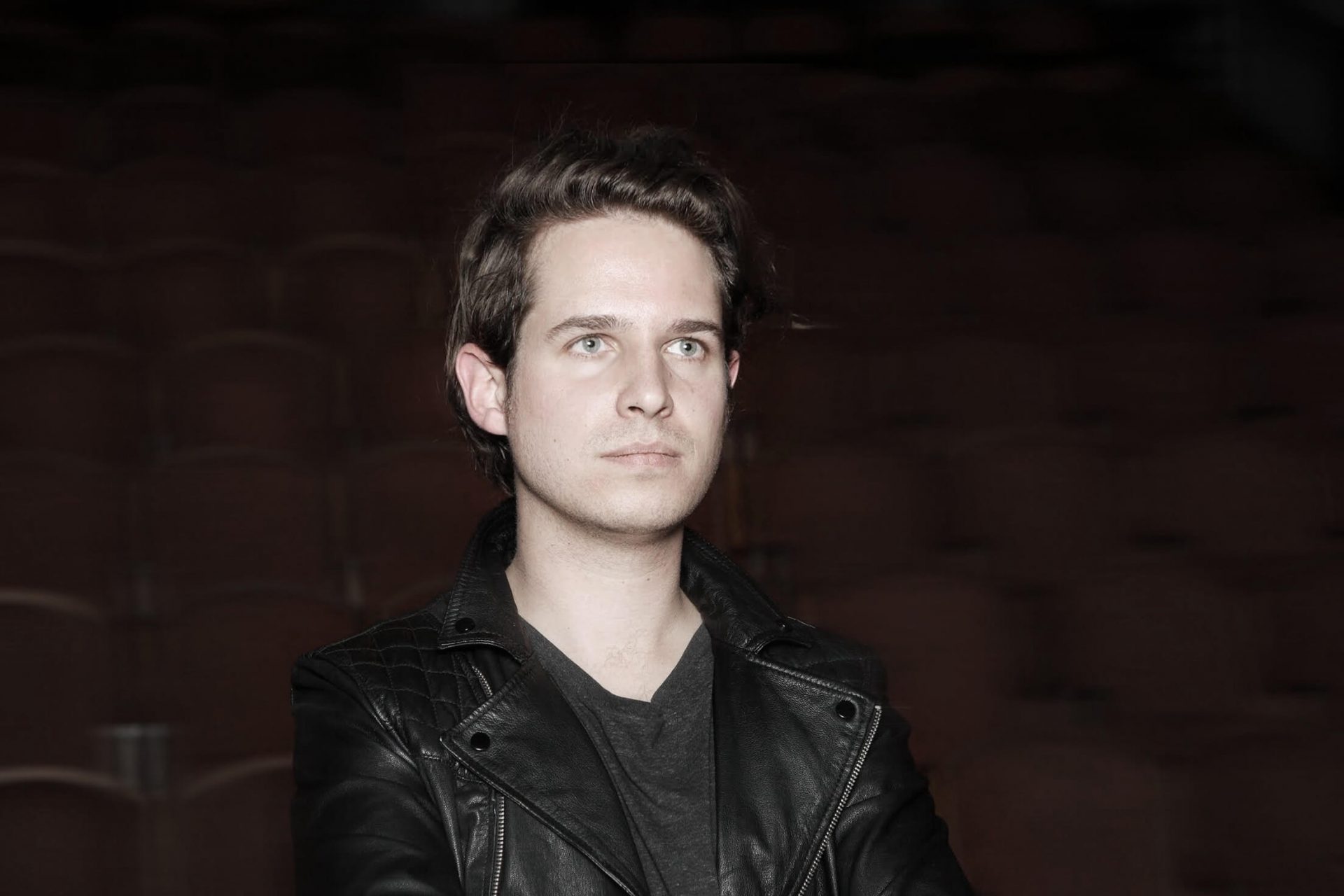
As physical beings living in a mostly physical world, we are in a constant search for comfort, innovation, and beauty, but it also happens that with an overpopulated world the need to build something sustainable, efficient, and most importantly feasible is fundamental. In this almost impossible juxtaposition of wants and needs, there is an architect that targets them all and through his work, he is rephrasing, challenging, and reshaping our preprogrammed view of what architecture should be and do.
Originally from Belgium, Gilles Retsin is a London-based architect and designer whose work investigates new architectural models in which the use of computational power and fabrication are increased to create buildings and objects with previously unseen structures, details, and materiality.
His continuous research and experimentation have challenged the architectural world and radically disrupted the way in which we design, construct, and even inhabit our environment. He is constantly pushing for architecture that is inspiring, complex, adaptive but most importantly highly effective to produce, and he achieves this through his work with ‘Discrete assemblies’ which have triggered an entirely new aesthetic within the architecture field.
While most designers have taken a more subdued approach of what technology had to offer, Retsin has rebelled against the machines and has taken control of every aspect and decision within the architectural paradigm. He does not only take full advantage of every technology available but does so in an incredible way that puts humanity at the forefront of his designs and his process.
His search for “the Good Life” with architecture is his raison d’être and his innovative, feasible, sustainable, and most importantly, beautiful work is the constant love letter to the field he so passionately reshapes.
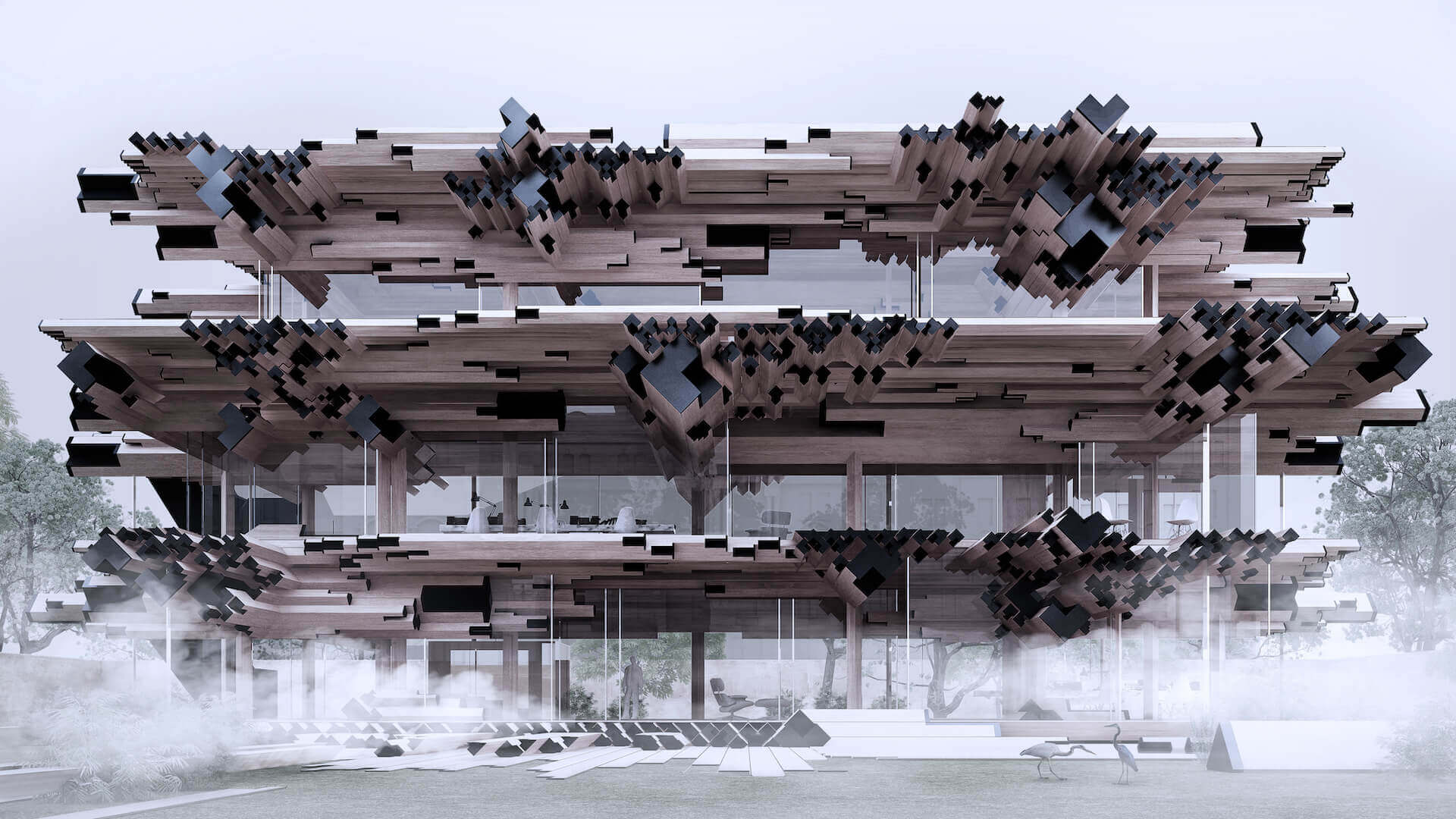
Who is Gilles Retsin? How did the journey towards new architectural models begin?
Gilles Retsin:
“I am primarily an architect, but also very interested in technology and theory. I would say that architecture is a generalist profession, you need to be good at a bit of everything! That’s why I run my own practice, Gilles Retsin Architecture, but also co-founded design-tech startup Automated Architecture, and also edited two books – one on the Discrete (Wiley Architectural Design) and one called Robotic Building: Architecture in the Age of Automation (Detail Verlag).
I became interested in new architectural models from the very beginning when I started studying architecture in Belgium and Chile. I work through questioning the core of architecture – the rules that underlie it. Digital technologies are great for that, they offer many new modes of inquiry and experimentation. “

Why did you decide to start Gilles Retsin Architecture? What interested you about computation on the core principles of architecture?
Gilles Retsin:
“I always knew I wanted to have my own practice and platform to experiment, so shortly after graduating from my Masters at the Architectural Association, I had the chance to go for it. This came with my appointment to teach at the Research Cluster at the Bartlett, in the new B-Pro programs started by Frederic Migayrou, chair of the Bartlett and deputy director of the Centre Pompidou in Paris.
Together with Manuel Jimenez-Garcia, I started teaching a studio working with robotic assembly and large-scale 3D printing. My practice evolved along with the studio, from a perhaps quite abstract and avant-garde endeavor to a fully-fledged office now that is pushing hard for building.
My goal with both the practice and my research work is to radically disrupt the way we design, construct, and inhabit our build environment, making imaginative and high-quality spaces available to the many. I am pushing for a kind of architecture that is inspiring, complex, and adaptive but at the same time highly efficient to produce.
To do this I work with so-called “Discrete assemblies”, which essentially means that we combine the scalability and efficiency of modular and prefabricated architecture with the complexity and versatility of the digital. I believe the digital should be able to make incredible architecture affordable to the many, allowing all of us to live better.
To use Inaki Abalos term, I am after “the Good Life” with architecture – a home that is a real place for people’s life to unfold in, rather than a mere facility or commodity on the market. With my practice, I work on creating the vision and imagination for this through architectural projects, drawings, and models, while with our research and startup we are actively developing the technologies to make this a reality.”
Your architectural designs have a previously unseen structure, detail, and materiality. Are there any architects you are inspired or influenced by? What other fields and inputs outside of the architecture world provide you inspiration?
Gilles Retsin:
“I am very inspired by many architects and artists, I love to travel and visit my colleagues and friends’ work, as well as historic buildings and sites. From the contemporaries, I really love what Anton Garcia Abril and Debora Mesa from Ensamble Studio do – also as a model for a practice, building their own work, between art and science.
I also admire the work of Christian Kerez, with whom I worked before I went to the AA. As a part of the emerging architectural tendency of the Discrete, I also closely follow the work of Jose Sanchez, Daniel Koehler, and Rasa Navasaityte, Casey Rehm, and Philippe Morel among many others.
I take inspiration from two very opposite sources. On the one hand, I have a real affinity with historic buildings, primitive temples, old huts, monuments, etc. On the other hand, I also look a lot at contemporary research into robotics and technologies, such as the work that is being developed at the Centre for Bits and Atoms at MIT or the Harvard Wyss Institute.
And then I also have an interest in modernism, I am a big Mies van der Rohe fan, but also of Spanish architect Miguel Fissac who was developing his own concrete elements. Lastly, as an architect I think you need to give yourself enough time for cultural input, reading novels, looking at art, watching good movies – I can only recommend MUBI to everyone!”

With Research Cluster 4 (RC4) you move from 3D-printing to Discrete Robotic Assembly, can you tell us more about developing methods for robotic fabrication?
Gilles Retsin:
“3D-printing and Discrete Robotic Assembly are actually closely related, both are “additive” modes of fabrication, where you pile layers of material on top of each other. What we are essentially trying to do now with Discrete Robotic Assembly is 3D Printing with elements, so that you could still reverse or adapt the structure you are building at a later stage.
3D printing is a fantastic fabrication method, which allows you to construct an incredible variation of products using just one machine. We would like to turn building construction in a similar process, moving on from the incredibly complicated way we construct buildings now.
Building today involves thousands of different machines and factories, which makes it very slow, expensive, wasteful, and unsustainable. Discrete assembly would allow us to work with small, distributed robotic cells that can collectively or individually produce buildings from local materials – a very similar story to 3D printing!
However, by moving from 3D printing to Discrete assembly we can scale-up the process, and we can work with multiple different materials – which are two drawbacks of traditional 3D printing. And as discrete assemblies can also be disassembled and reassembled, this means that building becomes a more circular and adaptive process.
It’s also worth pointing out that our entry point in 3D printing was also based on discreteness, a project such as the Voxelchair is printed as one kilometers-long line, but in fact consists of thousands of individual, repeating toolpath fragments. So ultimately, our 3D printing and assembly work are part of the same agenda.”
[ Read also Nagami is redefining the concept of design, production, and consumption through 3D printing ]
Some of your projects like the Protohouse, Guggenheim Helsinki, and Suncheon share the same syntax, all being non-geometrical clouds of lines. Which are the main values, core concepts, or style inclinations that, above all, will always represent Gilles Retsin Architecture?
Gilles Retsin:
“Good question! With my practice, we have really worked quite hard on establishing a recognizable aesthetic or approach, which comes in part from that aspect you mention – the non-geometrical clouds of lines. It also comes from confronting “familiars” – recognizable architectural ideas such as for example the slab – with “non-familiars”; the discrete parts and clouds of lines.
There is also a certain color scheme that keeps coming back, timber combined with black. One friend of mine once said that my main contribution to architecture is rotating every element 45 degrees, so I guess that is also part of the style.
I also have developed an interest in scale, I like to work with quite large elements in my last projects – which also work towards an almost blunt and primitive aesthetic. But underlying these aesthetics is a series of fundamental questions towards architecture, which I believe are more potent. As mentioned before, I am interested in the core of architecture.
I use discrete assemblies also as a way to search for novel aesthetics, experiences, rules of part-relations, syntax, etc. So for example, I currently have no projects that work with curvature, but this is not because I am not interested in curvature. Through my interrogations and experiments, this could come up at some point – if the question asked about it is interesting. But this will probably still take a while, as I am still very busy working through my questions about discrete assemblies!”

Focusing on the notion of the element or the part, Gilles Retsin Architecture does high profile research. What are the main trends & future directions within computational design and fabrication and what do you think of them?
Gilles Retsin:
“I think we have witnessed a real change in computational design since the financial crisis of 2008, and this will only be accelerated with the Covid-19 crisis. Before 2008, digital design was more concerned with itself, an optimistic exploration of the potential to completely reinvent architectural space and aesthetics, driven by the potential of digital machines to create a difference.
After 2008, computational design started to be more concerned with the world, asking questions about what digital technologies could do in face of the grand challenges that are ahead of us: the global housing crisis, climate change, and the increased automation of labor with the inequalities that come from that. For example, as I mentioned before, the discourse surrounding the discrete is arguing that by focusing on the part we could scale and distribute a complex and qualitative architecture to the many.
Other researchers working with digital technologies, such as for example Philippe Block at the ETH, are working on construction systems that are highly sustainable, while also offering efficiencies and interesting spatial opportunities. In our current research, we have a strong focus on housing and new modes of living.
We believe it’s necessary to also begin to address issues that are related to the digital economy, to economic platforms – questioning who initiates building, what ownership could be, and how we could live in the near future. Again, discrete assemblies offer a unique chance here to question everything we assumed about housing. We don’t need to rely any longer on the fixed 1-2-3 bedroom apartment typologies. We like to question inhabitation, allowing buildings to reconfigure and reformat their programmatic use in real-time, through apps and automated platforms.
We can digitally manage and store information about discrete elements’ lifecycle, or Machine Learning to interact with the communities they sustain and generate. The Covid-19 crisis has accelerated this tendency of the digital engagement with the world, we need urgent solutions for how we live and work, how we prepare for the climate crisis and the rapid urbanization in the near future.”
Talking about the future, what is the next step for Gilles Retsin?
Gilles Retsin:
“Fingers crossed, but we are on the verge of building a number of very radical full-scale projects which would really be a breakthrough for the practice. It’s very important to get a few demonstrator projects built to show that what we are proposing is not something for a far-flung future. We can do this today, right here and now – and it’s faster and more efficient than other construction methods!
At the same time we’re also picking up pace with AUAR, we are currently working on a consultancy model that would allow us to expand the companies we work with and help them innovate. We’ve already tested this with a number of industry partners, but we’re looking forward to expanding this now. I can’t tell too much about it, but we have some really exciting partners and collaborations lined up with companies from the world of construction, games, and robotics.
We’re also working with local governments in the UK on a few demonstrators and test cases for our vision on fully automated housing, which I envision to have a big impact. On the more whimsical side, with my practice we are also currently working on an overview exhibition, with new sets of drawings, ideas, and creative explorations – I am really looking forward to having all of the work together in one space.”
[ Read also Robotically manufactured shed – Proposal by Gilles Retsin for the Helsinki National Museum ]







